Complete AI Illustration Guide: From Prompt to Professional Artwork in 2025

Creating stunning AI-generated artwork has never been more accessible than it is today. With Lovart, the world's first design agent, you can transform simple text prompts into breathtaking visual masterpieces. Whether you're a complete beginner or a seasoned designer looking to enhance your workflow, this comprehensive guide will walk you through everything you need to know about creating professional AI illustrations.
In this guide, we'll explore how to craft effective prompts, understand Lovart's unique features, and master the techniques that elevate your AI artwork from basic to professional-grade. Let's dive in!
Understanding the Basics of AI Illustration
Before we jump into prompt writing, it's important to understand how AI image generation works. Unlike traditional design tools where you manually create each element, AI art generators like Lovart interpret text descriptions and transform them into visual content.
The quality of your output depends largely on how well you communicate with the AI. Think of it as directing a highly skilled artist who doesn't quite see the world the way you do—clear instructions are essential.
Why Choose Lovart for AI Illustrations?
Lovart stands out from other AI art generators because it functions as a complete design agent rather than just an image generator. It can:
- Create multiple formats (images, videos, 3D models) from a single prompt
- Understand design principles and apply them automatically
- Maintain consistency across related assets
- Allow for interactive refinement through ChatCanvas
- Generate entire brand identities and creative directions
These capabilities make Lovart particularly powerful for creating professional AI artwork that goes beyond single images.
The Anatomy of an Effective AI Prompt
The foundation of great AI artwork lies in crafting detailed, specific prompts. An effective prompt for Lovart typically includes several key elements:
| Element | Description | Example |
|---|---|---|
| Subject | The main focus of your image | A serene lake, a futuristic robot, a Victorian mansion |
| Style | The artistic approach | Watercolor, photorealistic, cyberpunk, minimalist |
| Composition | How elements are arranged | Aerial view, close-up, rule of thirds |
| Lighting | The quality and direction of light | Golden hour, dramatic shadows, soft diffused light |
| Mood/Atmosphere | The emotional quality | Melancholic, energetic, mysterious, joyful |
| Technical Details | Image quality specifications | 8K resolution, shallow depth of field |
The more specific you are with each of these elements, the more control you'll have over the final result. Let's look at how this works in practice.
Basic vs. Advanced Prompts: A Comparison
To understand the impact of prompt quality, compare these two examples:
Basic prompt: "A cat in a garden"
This might generate a generic image of a cat outdoors with some plants.
Advanced prompt: "A fluffy Maine Coon cat with amber eyes playing among vibrant purple wisteria flowers in an English cottage garden, golden afternoon sunlight filtering through the leaves, painted in a dreamy impressionist style similar to Claude Monet, with visible brushstrokes and soft focus edges, 8K resolution"
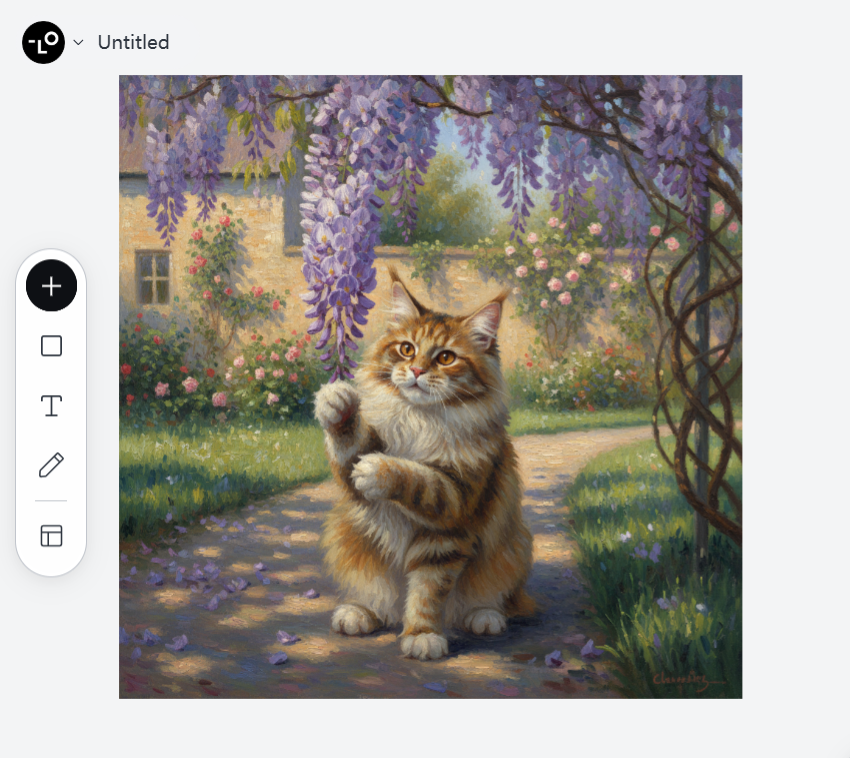
The advanced prompt provides specific details about the subject (Maine Coon cat, amber eyes), environment (English cottage garden with wisteria), lighting conditions (golden afternoon light), artistic style (impressionist like Monet), and technical specifications (8K resolution).
Step-by-Step Guide to Creating Professional AI Illustrations with Lovart
Step 1: Define Your Vision
Before writing your first prompt, take a moment to clearly define what you want to create. Ask yourself:
- What is the main subject of my illustration?
- What style or aesthetic am I aiming for?
- What mood or emotion should the image convey?
- How will this image be used? (Personal project, marketing material, concept art, etc.)
Having clear answers to these questions will guide your prompt writing and help you achieve more targeted results.
Example Prompt: "Create a concept illustration for a children's book cover featuring a young explorer discovering a hidden magical doorway in an ancient tree. The style should be whimsical and colorful with a sense of wonder, inspired by Studio Ghibli animations. The scene should feel inviting but slightly mysterious, with warm afternoon lighting and rich details that appeal to children aged 7-10."
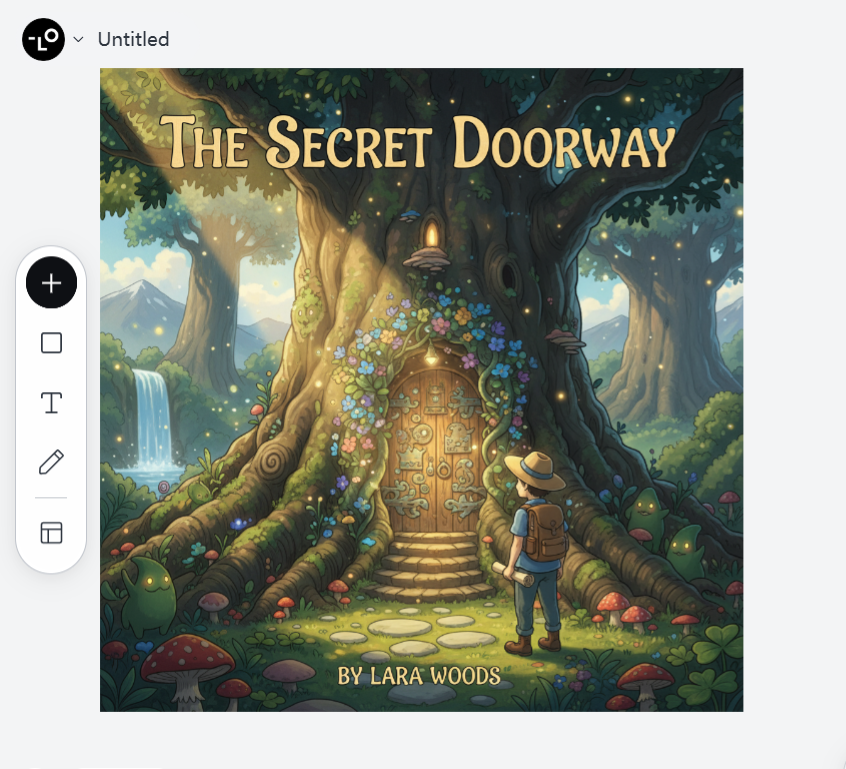
Step 2: Start with a Simple Base Prompt
Begin with a straightforward description of what you want to see, then refine from there.
Example Base Prompt: "A surreal floating island with a small village and waterfalls flowing off the edges into clouds below"
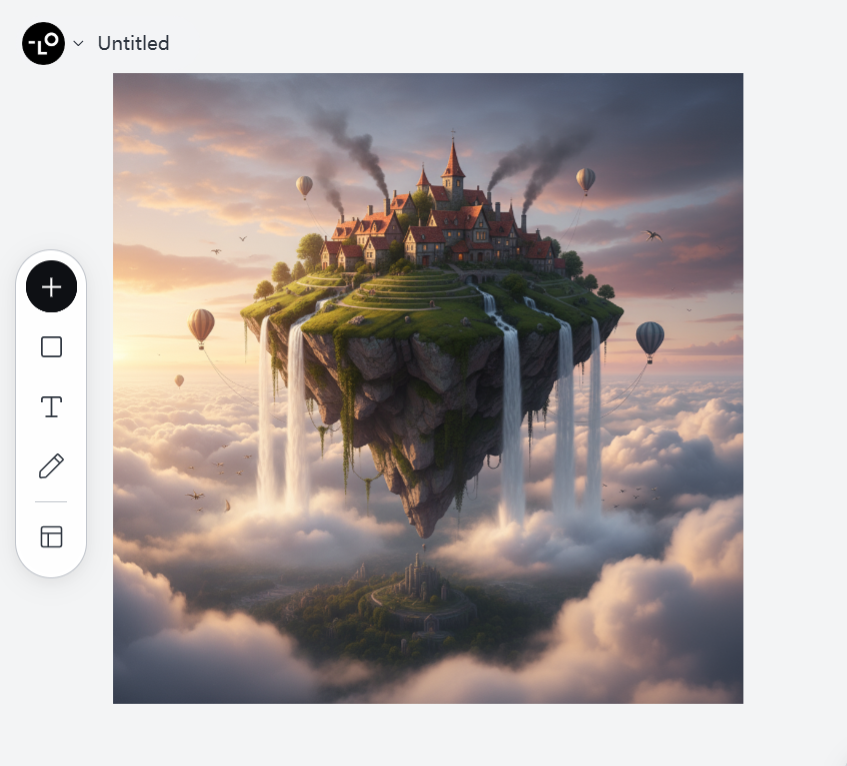
This gives Lovart a clear starting point that you can build upon in subsequent iterations.
Step 3: Add Style and Artistic Direction
Next, specify the artistic style you want for your illustration. This dramatically influences the outcome.
Example Prompt with Style: "A surreal floating island with a small village and waterfalls flowing off the edges into clouds below, rendered in a vibrant digital painting style with influences from fantasy concept art and Japanese anime, similar to Studio Ghibli's detailed environmental artwork"
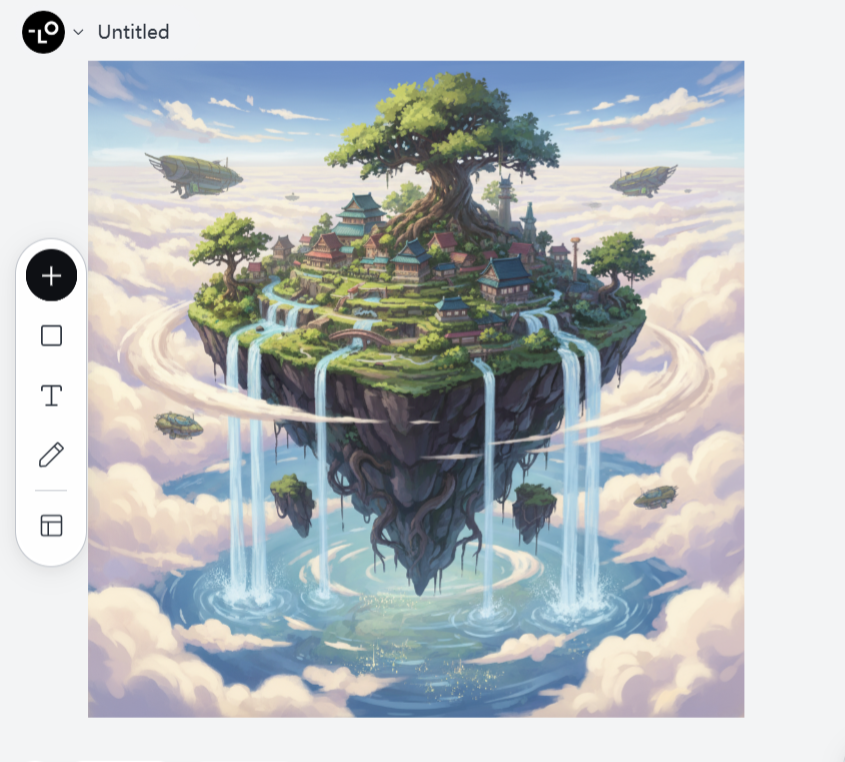
Step 4: Refine with Technical and Compositional Details
Now add specific technical aspects that will enhance the quality and composition of your image.
Example Refined Prompt: "A surreal floating island with a small village and waterfalls flowing off the edges into clouds below, rendered in a vibrant digital painting style with influences from fantasy concept art and Japanese anime, similar to Studio Ghibli's detailed environmental artwork. The composition should feature the island as the main focal point viewed from a slight aerial perspective, with dramatic lighting from a setting sun creating long shadows and gold-rimmed clouds. Include tiny details like villagers going about their day and birds flying around the island. Ultra-detailed 8K resolution with crisp linework and rich colors."
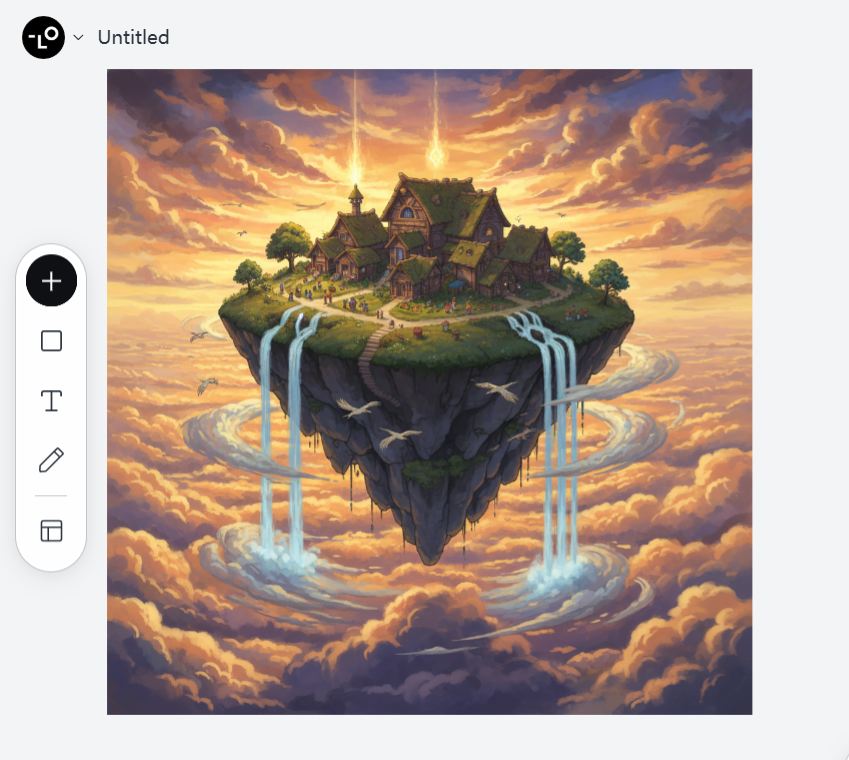
Step 5: Utilize Lovart's ChatCanvas for Interactive Refinement
One of Lovart's unique features is the ChatCanvas, which allows you to interact with your creations and refine them through conversation and visual feedback.
After generating your initial image, you can:
- Mark specific areas you want to change
- Leave notes about adjustments
- Sketch rough ideas directly on the canvas
- Request variations while maintaining certain elements
Example Refinement Prompt: "I love the overall composition, but could you make the village architecture more fantastical with curved rooftops and tree-integrated structures? Also, enhance the waterfall on the right side to include some magical glowing elements, and add more depth to the clouds below."
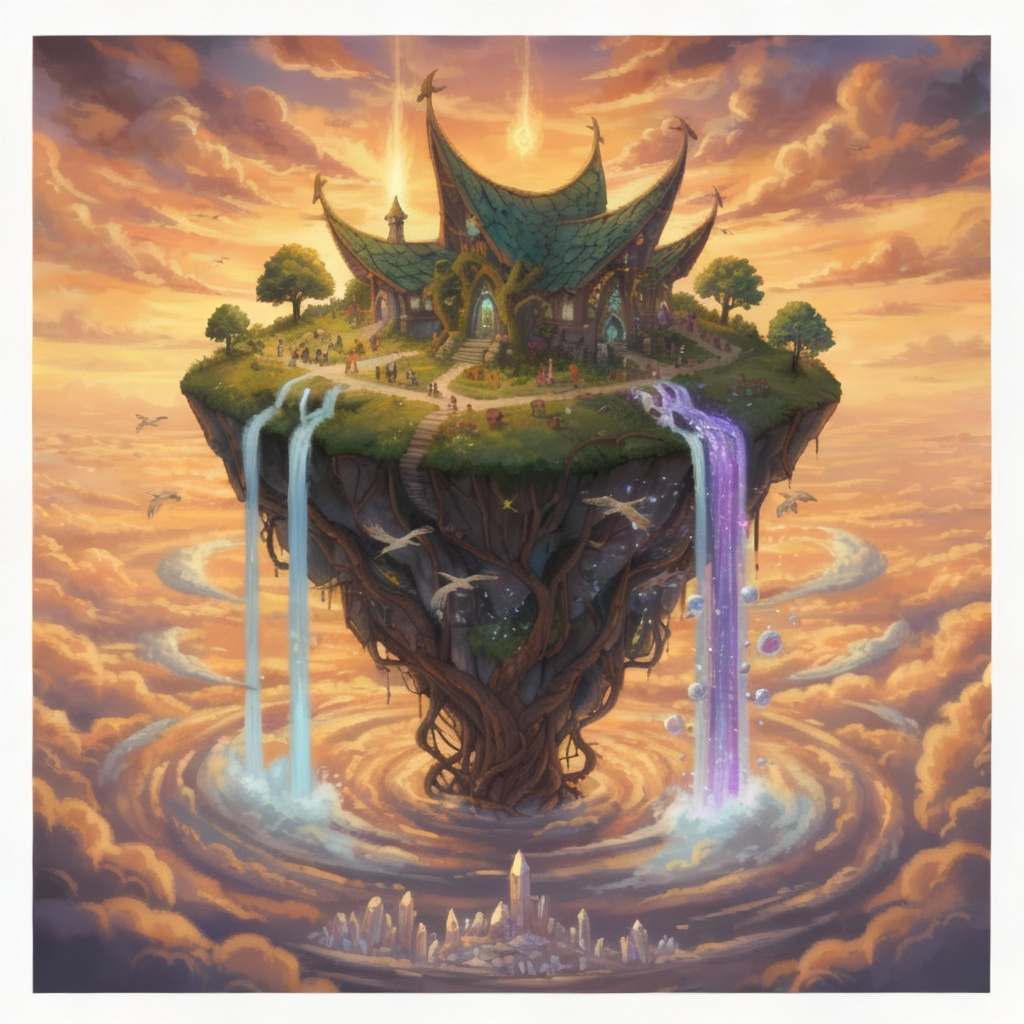
Advanced Techniques for Professional Results
Once you've mastered the basics, these advanced techniques will help you achieve truly professional results with Lovart.
Technique 1: Use Reference Artists and Movements
Referencing specific artists or art movements gives Lovart a clearer stylistic direction.
Example Prompt: "Create a portrait of a cyberpunk hacker in a neon-lit room filled with holographic displays, combining the dramatic lighting style of Caravaggio with the futuristic aesthetic of Blade Runner and the detailed digital art style of Sparth (Nicolas Bouvier), 8K resolution with intricate technical details"
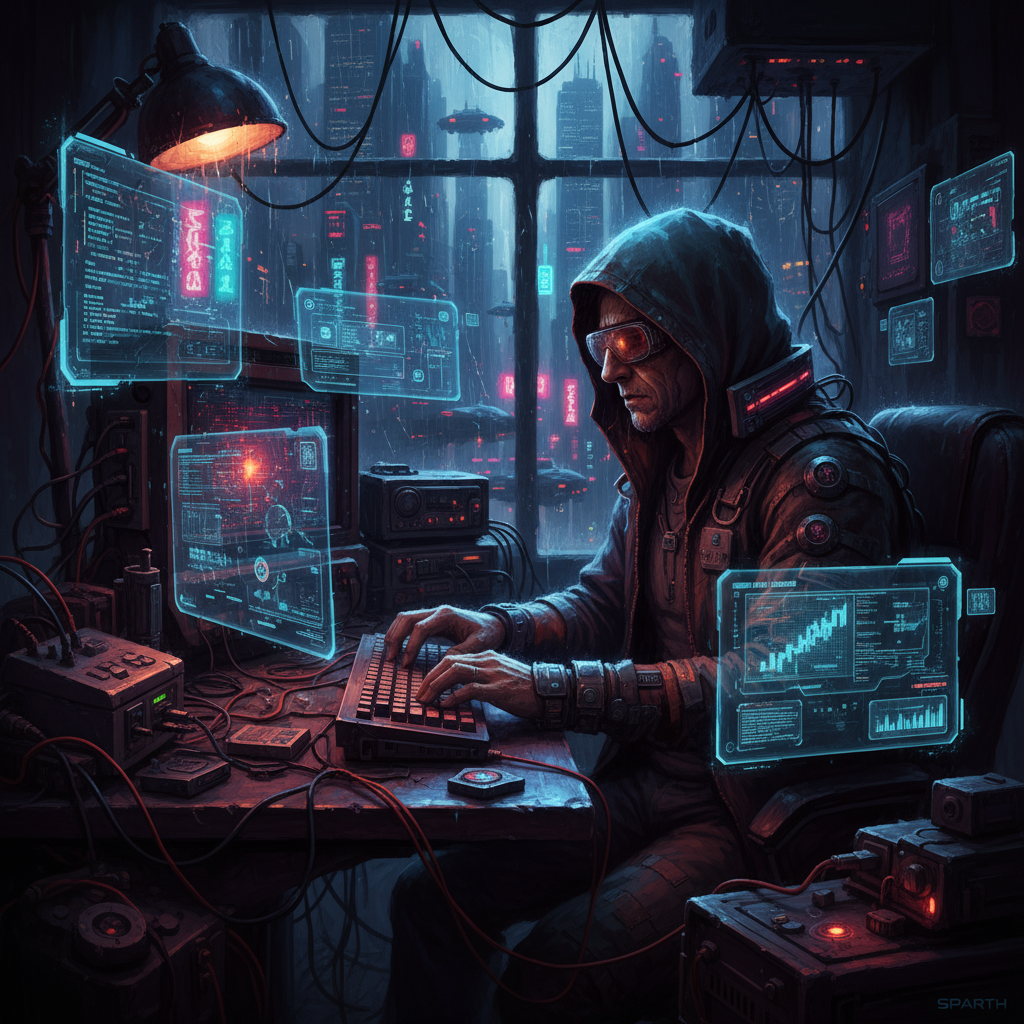
Technique 2: Employ Negative Prompting
Telling Lovart what you don't want can be as important as what you do want. Use negative prompting to avoid common AI art issues.
Example Prompt: "A hyperrealistic portrait of a middle-aged female scientist in a laboratory setting, wearing a white lab coat and examining a glowing blue holographic molecule. Shot with professional studio lighting and shallow depth of field. 8K resolution, photorealistic. AVOID: distorted hands, unnatural facial features, asymmetrical glasses, unrealistic lighting, text in the background, inconsistent shadows."
Technique 3: Layer Technical Specifications
Including specific technical photography or art terms helps achieve more professional-looking results.
Example Prompt: "An elegant art deco style poster for a luxury perfume brand, featuring a geometric gold bottle with flowing liquid inside, set against a deep emerald background with subtle art deco patterns. Shot with a medium format camera, cinematic color grading with rich contrast, ultra-sharp details, professionally lit with Rembrandt lighting setup, 32K resolution, professional product photography"
Technique 4: Utilize Aspect Ratio Controls
Specifying your desired aspect ratio helps ensure the composition works for your intended use.
Example Prompt: "Create a panoramic (16:9) landscape illustration of a futuristic cityscape at sunset, with towering crystalline skyscrapers reflecting the warm orange and purple sky. Flying vehicles should create light trails between buildings. The style should be realistic digital concept art with dramatic lighting and atmospheric perspective, suitable for a film establishing shot."
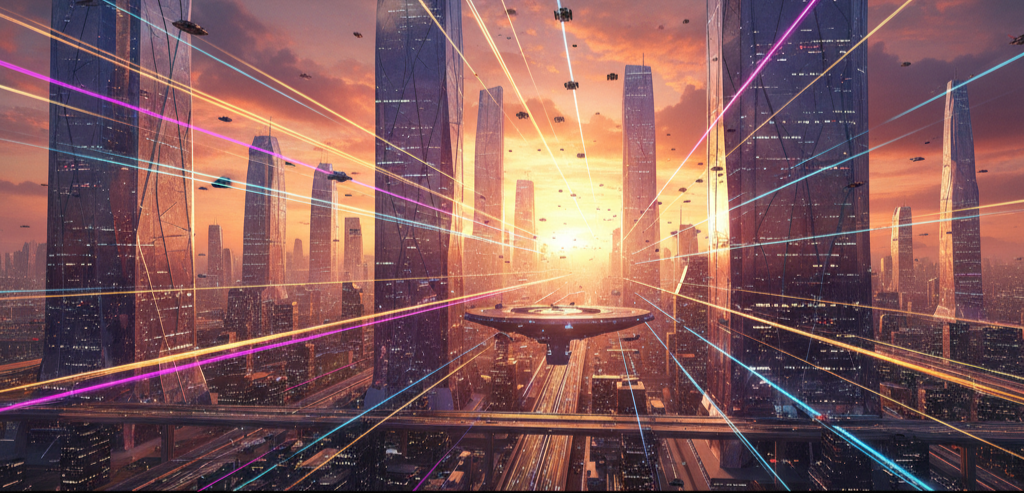
Common Challenges and Solutions
Even with well-crafted prompts, you might encounter challenges when creating AI illustrations. Here are some common issues and how to address them:
| Challenge | Solution |
|---|---|
| Inconsistent facial features | Be extremely specific about facial details and use negative prompting to avoid distortion |
| Unrealistic hands or anatomy | Specify "anatomically correct hands" and consider less focus on detailed hands if not essential |
| Text or typography issues | Avoid requesting text in images or specify "no text" in your prompt |
| Lack of coherent style | Reference specific artists or art styles and maintain consistency in your style descriptions |
| Poor composition | Include compositional guidelines like "rule of thirds" or "central focus" |
| Generic results | Add unique and specific details that make your request stand out |
Troubleshooting with Lovart
If you're not getting the results you want, try these approaches with Lovart:
- Use the ChatCanvas to mark specific areas for improvement
- Ask Lovart to explain its interpretation of your prompt to identify miscommunications
- Request multiple variations with slight prompt modifications
- Break complex illustrations into components that can be refined separately
Example Troubleshooting Prompt:
"I notice the character's face looks unnatural. Could you regenerate this image with more realistic facial proportions? Specifically, make the eyes slightly smaller and properly aligned, fix the nose to be more anatomically correct, and ensure the lighting on the face matches the rest of the scene. Please maintain the same composition, clothing, and background."
Creating Professional AI Art for Specific Use Cases
Different projects require different approaches. Here's how to optimize your prompts for common use cases:
Character Design and Portraits
For compelling character illustrations, focus on personality and distinctive features.
Example Prompt: "Create a character design of a confident female elven ranger in her mid-30s with olive skin, short silver hair with an undercut, piercing amber eyes, and subtle facial scars. She wears practical leather armor with botanical motifs and carries a recurve bow. The style should be semi-realistic fantasy concept art with strong but natural poses, illustrated in the style of Artgerm and Charlie Bowater, with attention to material textures and anatomical accuracy."
Landscapes and Environments
For captivating environments, emphasize atmosphere, scale, and lighting.
Example Prompt: "Create a breathtaking mountain landscape at dawn with a mist-filled valley and a winding river reflecting the pink and gold morning sky. Towering pine trees frame the foreground, with snow-capped peaks in the distance. The style should be realistic digital painting with cinematic composition and lighting, inspired by Hudson River School painters and modern landscape photographers. Include atmospheric perspective with layers of depth and subtle wildlife elements."
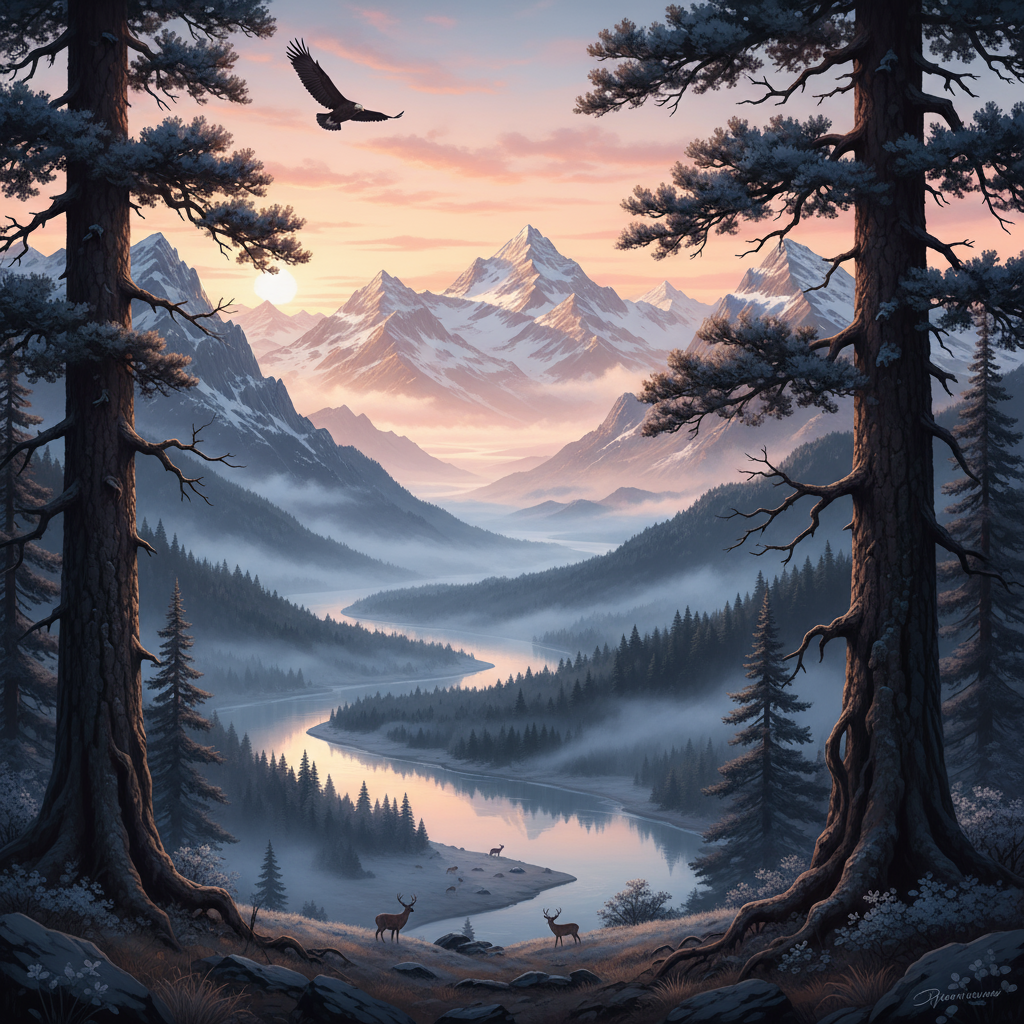
Product Visualization
For product mockups and marketing visuals, clarity and realism are key.
Example Prompt: "Create a professional product visualization of a minimalist smart watch with a circular aluminum case, dark blue watch face, and cognac leather strap. The watch should be displayed at a 3/4 angle on a simple light gray surface with subtle shadows. Lighting should be clean and professional studio-style with soft highlights that accentuate the watch's materials and textures. Ultra-detailed 8K rendering with photorealistic materials and reflections."
Book Covers and Marketing Materials
For eye-catching promotional materials, consider visual hierarchy and emotional impact.
Example Prompt: "Design a thriller novel book cover featuring a single red key on wet asphalt at night, illuminated by a street light creating a dramatic shadow. The scene should evoke mystery and tension with a film noir aesthetic. The composition should leave space at the top for title text and at the bottom for author name. Use deep contrasts, a limited color palette dominated by blacks, grays and a single striking red, and cinematic lighting with reflective surfaces."
Ethics and Best Practices in AI Art Creation
As you create AI illustrations, keep these ethical considerations in mind:
- Be mindful of potential biases in AI-generated imagery
- Avoid creating deceptive or harmful content
- Consider attribution when your work is inspired by specific artists
- Be transparent about AI usage when appropriate
- Understand the terms of service regarding ownership of generated images
Professional AI artists not only create beautiful work but do so responsibly and ethically.
From Beginner to Pro: Your AI Illustration Journey
Mastering AI illustration is a journey that evolves with practice. Here's a roadmap for your development:
Beginner Level
Start with simple, clear prompts focusing on single subjects and basic styles.
Example Beginner Prompt: "A red apple on a white table with soft lighting, photorealistic style"
Intermediate Level
Add more detailed descriptions, specific artistic references, and technical parameters.
Example Intermediate Prompt: "A red honeycrisp apple with water droplets on its surface, placed on a white marble table with soft window lighting from the left creating subtle shadows, in a photorealistic style with shallow depth of field, 8K resolution"
Advanced Level
Incorporate complex scenes, advanced composition techniques, mixed artistic influences, and detailed technical specifications.
Example Advanced Prompt: "A meticulously detailed still life composition featuring a cluster of honeycrisp apples with water droplets reflecting light, arranged on antique white marble with subtle veining. A single slice reveals the crisp interior texture. Soft directional lighting enters from a window to the left, creating classical Rembrandt-style shadows and highlights that emphasize the fruits' form and texture. Photorealistic rendering with hyperdetailed textures, shot with a simulated medium format camera with 90mm lens at f/2.8 for selective focus, dramatic bokeh, and cinematic color grading with rich reds and creams. 8K resolution with perfect technical execution."
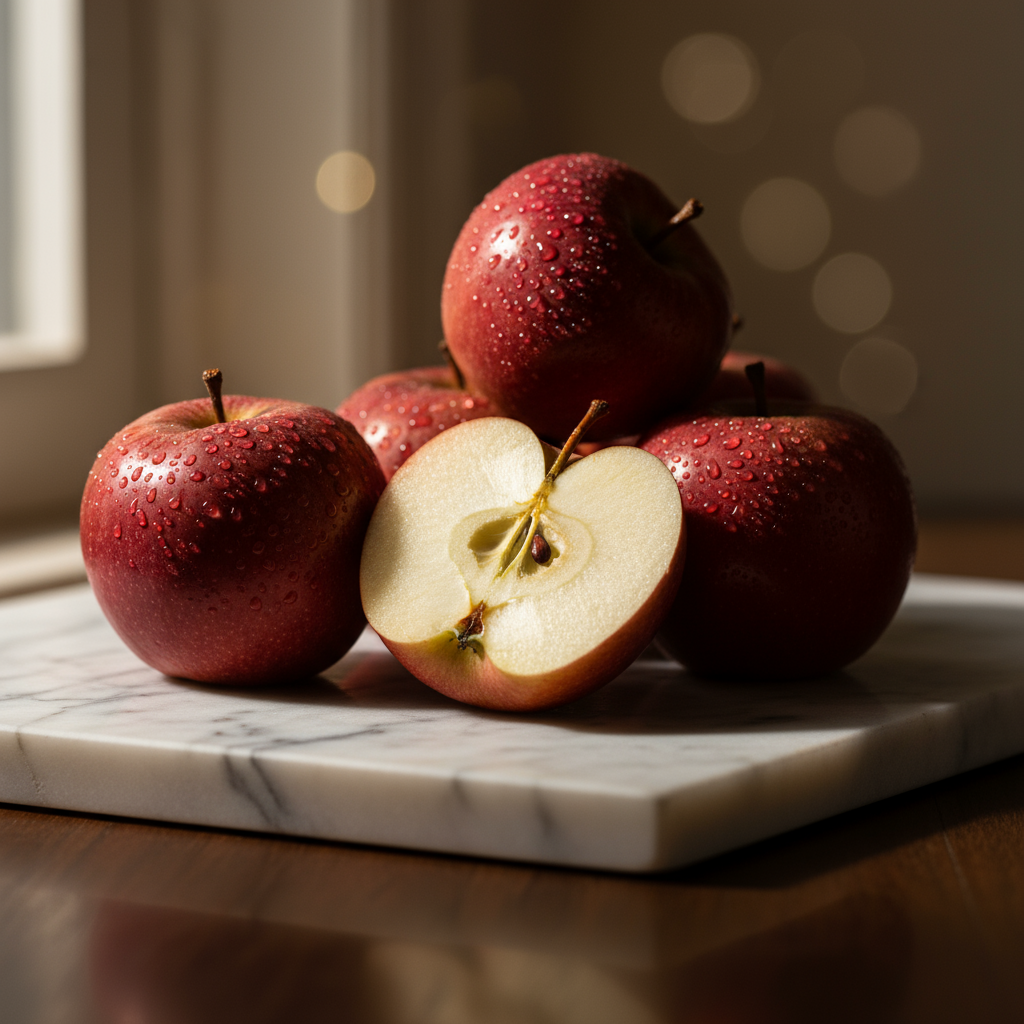
Conclusion: The Future of AI Illustration with Lovart
Lovart represents a new generation of AI design tools that don't just generate images but function as collaborative creative partners. By mastering the techniques in this guide, you'll be well-equipped to create professional-grade AI illustrations that stand out in quality and creativity.
Remember that becoming proficient at AI illustration is an iterative process. Each prompt teaches you something new about how to communicate with the AI, and over time, you'll develop an intuitive sense for crafting prompts that consistently produce outstanding results.
Whether you're creating concept art, marketing materials, or personal projects, Lovart offers the tools to bring your vision to life with unprecedented ease and quality. The gap between imagination and realization has never been smaller—all you need are the right words to bridge it.
Start experimenting today, and watch as your AI illustration skills transform from basic to truly professional. The future of design is collaborative, with human creativity and AI capabilities working hand in hand to create artwork that neither could achieve alone.
Happy creating!

Artikel teilen